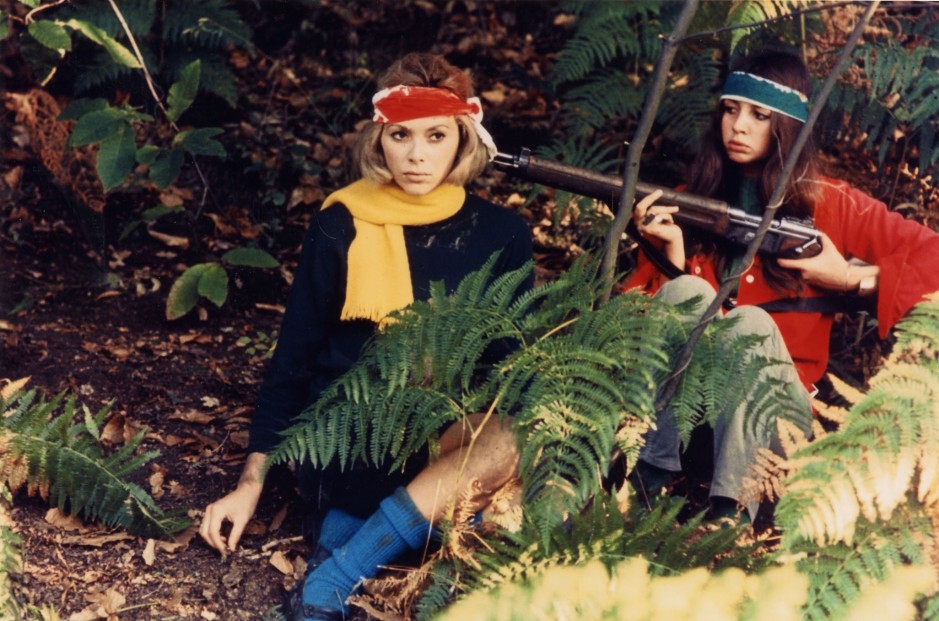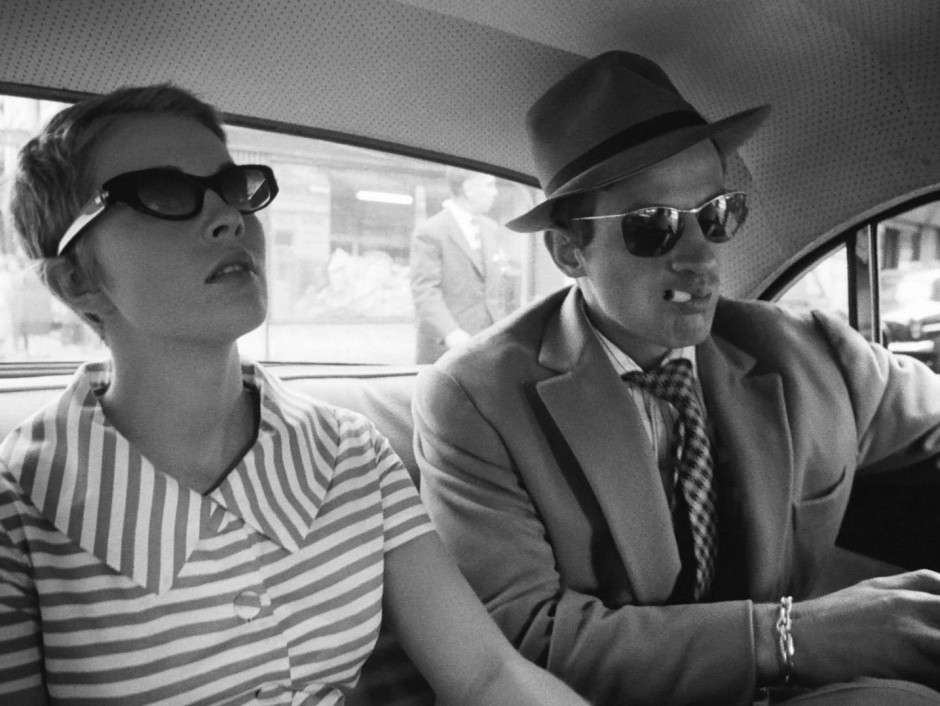After the full stop that was Week End (1967) and the partial return of Tout va bien (1972), Godard sort of disappeared into a wilderness of televisual and video-based filmmaking. Upon his return to the cinema screen in 1980 with Sauve qui peut (la vie), he may have been once again using recognisable star actors, but the narrative structures were certainly far from mainstream. This second film of his return is within a filmmaking framework familiar from Le Mépris (1963), which film incidentally also starred Michel Piccoli and was shot by Raoul Coutard. However, the Godard of 20 years later has a quite different method of putting together narrative, making Passion a rather more challenging viewing experience.
This is, however, the experience of this later period of Godard’s filmmaking, as the links between scenes—not to mention between image track and soundtrack—become increasingly tenuous. You could view this as a breathtakingly brazen disregard for conventional narrative structures (the beginning, middle and end “but not necessarily in that order” approach of one of Godard’s famous dictums), or as an increasingly cranky and self-indulgent way of befuddling the audience, but I choose to take it as both. I cannot deny that actually watching the film is perplexing, but this isn’t the emperor’s new clothes: there is a method here that definitely yields some interesting results.
As with Le Mépris, once again there’s a fairly self-critical portrait of the artist, who here is the bespectacled Polish filmmaker Jerzy (Jerzy Radziwiłowicz). Like Godard (living and working in Switzerland by this time), Jerzy is in some sort of self-imposed exile, stranded outside his country as the first political convulsions are taking place that by the end of the decade would lead to the overthrow of Communism. He is making a film called Passion which seems anything but passionate from what we see—beautifully-shot and lit tableaux of unmoving figures which seem to restage Renaissance paintings and give plenty of opportunity for the baring of female flesh, which Jerzy rather imperiously co-ordinates when he’s bothering to work on the film at all. Unsurprisingly there are problems with the budget, and it’s never quite clear what the plot is (indeed, the question is put to him directly at one point, to which he amusingly reacts with disgust, rather suggesting that plot is beside the point for Godard/Jerzy).
The rest of the cast are largely enacting a scenario involving factory owner Michel (Piccoli) and his wife Hanna (Schygulla), as well as Isabelle (Huppert) as a factory worker who comes into conflict with Michel. The ideas Godard seems to be playing with involve the demands of a working life (shades of Tout va bien) and those of the heart. There are communication issues too, particularly between the non-Francophone characters (Jerzy and Hanna). It’s difficult, though, to draw out more expressive ideas on just one viewing—Godard’s films get increasingly elliptical and densely-layered and require more time to unpick. His soundtrack work still likes to fade in and out repeated snatches of music (here it’s most prominently Gabriel Fauré’s Requiem), but there’s also images with different sounds matched to it (voices that don’t emanate from the characters we’re viewing, for example). And then there’s some typically playful Godardian self-referentiality, as when Isabelle tries to clear out her father from a room only to be told by another character that the elderly actor playing her father wants to get more attention when he delivers his single line (for which Godard immediately cuts away).
It’s far from a terrible film (whatever the limitations of my rating system), and in fact Passion may be, as I’ve implied (I hope), one of the most suggestive and rich of his 1980s output. It’s definitely films such as this one that demand repeat viewings to fully absorb some of the textures and ideas. It’s too easy to write this off as just an incoherent jumble, but for the first-time viewer that’s quite likely what it will come across as. However, that viewer can at least be thankful that like most of Godard’s films it hovers under the 90 minute length, and perhaps the mystery will incline that imagined viewer (who may or may not be myself) to return to it someday.
Next Up: Godard did a few other films during the 1980s including a typically ornery adaptation of King Lear (1987). At the end of the decade, he made Nouvelle vague (1990) which in its name suggests a look back on his founding legacy. I do intend to watch and review this, but in the meantime I have his short German travelogue Allemagne année 90 neuf zéro (Germany Year 90 Nine Zero, 1991).
CREDITS
Director/Writer Jean-Luc Godard; Cinematographer Raoul Coutard; Starring Isabelle Huppert, Jerzy Radziwiłowicz, Hanna Schygulla, Michel Piccoli; Length 86 minutes. Seen at the university library, Wellington, March 1999 (and more recently on DVD at home, London, Monday 30 September 2013). 



















